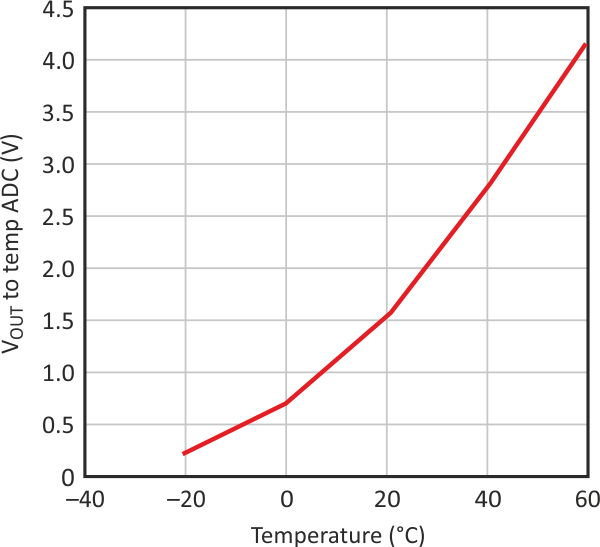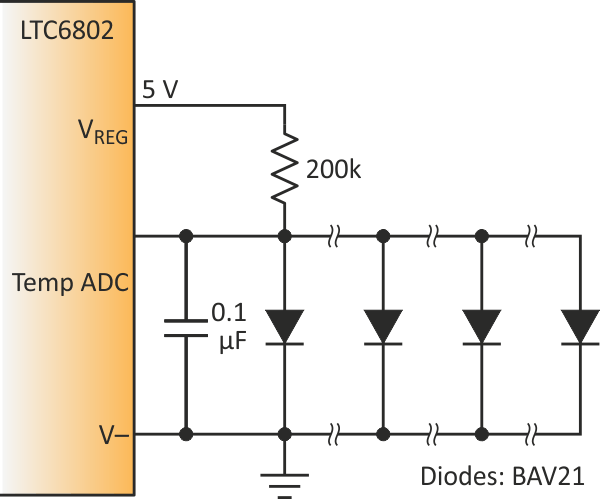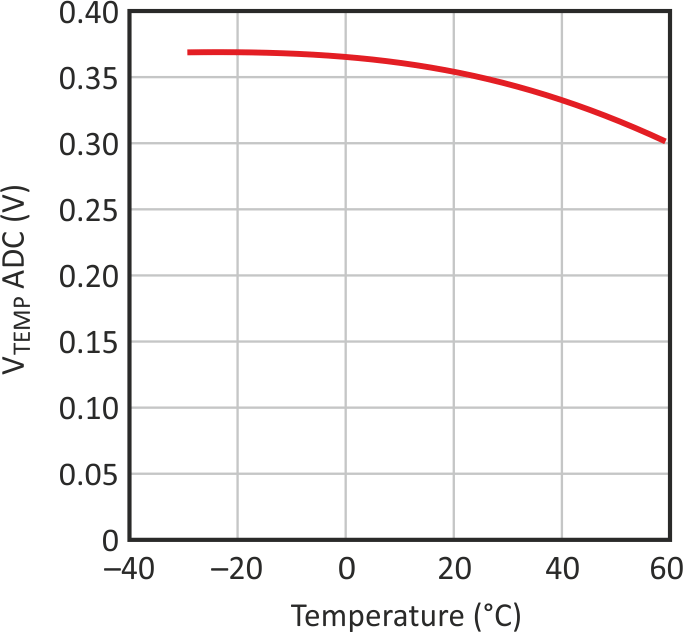Environmental concerns are spurring the development of clean transportation alternatives. Most popular are full electric and hybrid electric motor vehicles, which use stacks of lithium-ion battery cells as the electric power source. To ensure efficient operation and long battery life, the cells are continually monitored for the available charge, known as the state of charge (SOC). The temperature of the cells is an important factor for the SOC calculation.
In addition, the automotive operating environment is harsh, with the possibility for many fault conditions. Excessive loading of the battery packs (with a short-circuit condition as the worst case) can create a dangerous overheating situation that requires constant attention. Less accurate temperature sensing for fault conditions is often required for safety reasons.
Battery-monitoring systems-on-a-chip are potential solutions. One example is Linear Technology's LTC6802. The device's primary function is to measure the voltages of up to 12 cells on a single stack and supply a host controller with data for the SOC calculations, in addition to basic safe operating conditions.
|
||||||
| Figure 1. | The LTC6802 is implemented in this thermistor temperature sensor for state-of-charge calculations (a). Results are given for ADC input voltage over temperature for the circuit values shown (b). |
|||||
The device's 12-bit delta-sigma analog-to-digital converter (ADC) has a 15-channel multiplexer in front of it. The 15 channels are for 12 cell-voltage and three temperature measurements. The temperature channels have one dedicated to measuring the chip's die temperature and two for external temp sensors. Examples of circuits that measure temperature with the LTC6802 include an accurate thermistor-based sensor for SOC calculations (Fig. 1) and a simple diode-based "hotspot" detector (Fig. 2).
|
||||||
| Figure 2. | A simple diode array "hotspot" temperature sensor is formed using the LTC6802 battery-monitoring SoC (a). Results show the voltage across the string of diodes (b). |
|||||
At cold temperatures, a lithium-ion cell becomes more resistive and provides less charge between a full (with typical VCELL of 4.2 V) and an empty (VCELL of only 2.5 V) condition. At higher operating temperatures, the self-discharge current of the cells increases and becomes an important factor for the SOC calculation. In a typical system, the cells are thoroughly characterized for performance over temperature. This information is stored in a lookup table. Together with the cell voltage readings, the pack temperature will retrieve cell characteristics information from the table for the SOC calculation. Attaching a thermistor to a battery pack is an inexpensive yet reasonably accurate way to monitor temperature.
In Figure 1, a negative temperature coefficient (NTC) thermistor is paralleled with a fixed resistor to flatten the change in resistance with temperature. Thermistors are highly nonlinear, exhibiting an exponential change in resistance over temperature:

where RO is the nominal resistance at reference temperature TO (Kelvin) and the B-parameter is provided for the particular thermistor. However, in many situations, a simple approximation can be made. For example, an NTC thermistor's resistance changes about -4% per °C over a limited temperature range.
The LT6001 is a dual 13-µA micropower op amp used to provide bias for the thermistor as well as to scale and level-shift the voltage that's applied to the LTC6802 temp input to the ADC. The reference voltage (3.072 V) and regulator voltage (5 V) are included in the device.
Output range is set for approximately 0.2 to 4.2 V over a temperature range of -20 °C to 60 °C, the typical operating range of most lithium cells. The average slope of the output voltage is 50 mV/°C, giving over 30 ADC counts per degree change in temperature. The chart in Figure 1 presents the precise determination of temperature for the circuit values shown.
A string of diodes can be distributed throughout a battery system as a simple and inexpensive way to create a hotspot warning indication (Fig. 2, again). This warning only indicates that there may be a problem with overheating somewhere in the system. The exact location of the problem isn't known, but the system could be disabled in the interest of safety until running further diagnostics.
Each diode, biased from the same source, will have the conventional -2 mV/°C temperature coefficient. The voltage measured across the string will be determined by the hottest diode with the lowest forward voltage drop. Any number of diodes can be used.
The built-in ADC has a resolution of 1.5 mV per count. A drop of 150 counts in the ADC code measurement from normal operation would indicate a hotspot with a 75 °C rise in temperature. The data shown in Figure 2 is the voltage across the string of diodes, with only one subjected to a temperature change. The other three diodes remain at 20 °C.




